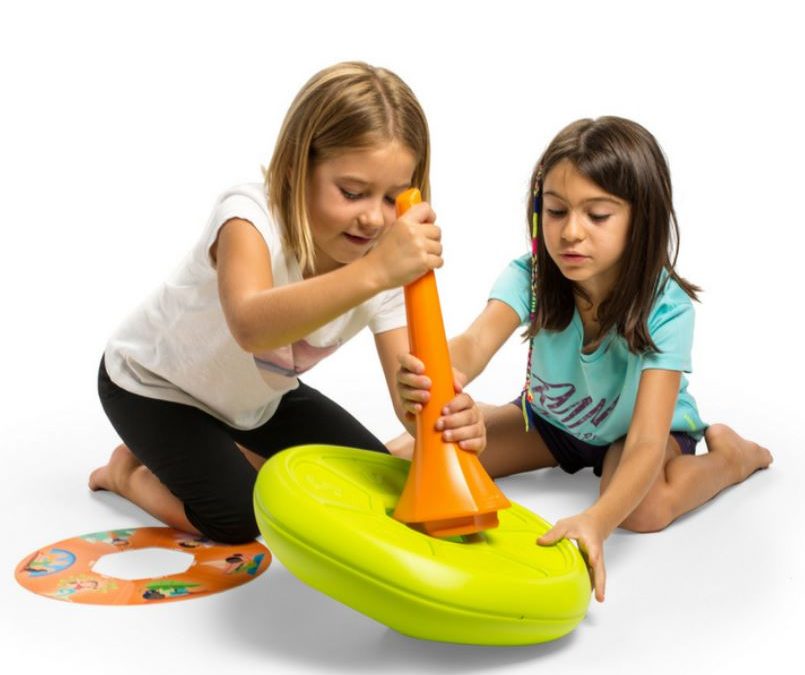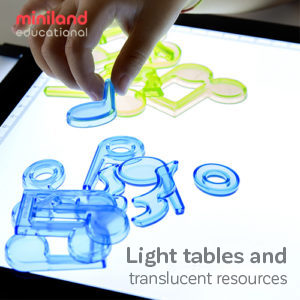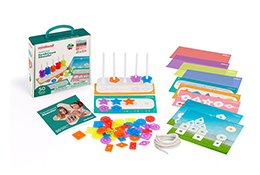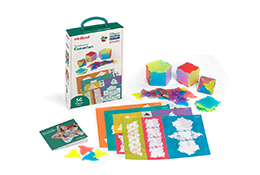We are immersed in a time in which Instagram has more visits per second than tourists have visited the Roman Colosseum, where days are planned by fathers and mothers through the WhatsApp school group so that their children do not forget to do any task and where birthday parties seem more like the perfect wedding ceremony rather than a birthday party, it turns out that we are aware and fully engaged in everything that happens to the World, but we find it difficult to spare 5 minutes a day to pay attention to ourselves and thus be an active part of this new movement called Mindfulness that have already conquered many of us.
However, we shall begin by explaining what Mindfulness or full consciousness is about. Mindfulness is a state of attention in the present moment, in which we can clearly perceive our thoughts, physical sensations, emotions and events while they occur without having to react in an automatic and/or usual manner, which allows us to discover a space within ourselves where there is the possibility of choice as to how to respond to them.
Everyone knows that children are the ones with the most mindfulness and full attention (unknowingly) of the world, because they are the true masters of living the present. They flow spectacularly when they play, they laugh a lot more than adults (400 times a day against 15 times of adults), they show an infinite passion and astonishment at things, they do not worry about “tomorrow” nor keep thinking about “yesterday” and they live each experience as if it were the first time… and this is why they are innate experts in Mindfulness.
The problem with these kids is that over time they lose that ability, in addition to that, as children they also have their weaknesses: sometimes they do not know how to manage their own emotions, especially negative ones such as anger, anxiety or fear; in the school they can easily get carried away by their thoughts and emotions and they are not attentive to what the teacher teaches them and at home they abstract themselves from their parents’ instructions. If we add to all this the time that the little ones spend using the new technologies, the result is that they can get easily detached from the innate talent of living in the here and now. Social Networks and videogames are examples of entertainment that, when misused, break the attention to the present in children and adults also losing (among many other things) the ability to concentrate on what we do, causing reduced performance, and/or anxiety.
Mindful KIDS, the perfect educational tool to implement mindfulness at the classroom
The good news is that children learn very quickly to live their lives in the present and Mindful KIDS is the perfect educational tool to implement such learning in a playful and simple way.
The first thing that surprises in Mindful KIDS is the intuitive, participative and simple game, since it is enough to choose a disc from many others and rotate it so that, through the different techniques and activities proposed, children get the maximum benefit of the practice of Mindfulness at the classroom, performing breathing exercises, relaxation, meditation, yoga, massage and mandalas.
Those of us who work for and with children, we always have a concern in mind, and whatever the learning, is that it reaches the greatest number of children. When we, at MarcAis, decided to apply Mindful KIDS from Miniland Educational in the classroom, we thought about whether it could be of great help for all the children, and especially those who were very stressed out, scattered or distressed, so that they could find their center and relax…

Benefits of Mindfulness in the classroom
In this sense, we have seen that throughout these first sessions Mindful KIDS has achieved 100%, so from our experience, we recommend its use to all teachers and classrooms. Because the practice of Mindfulness brings the following benefits, among other things:
- Improves attention, ability to concentrate and memory.
- Encourages the ability to relax, rest and sleep well.
- Increases self-confidence and respect for others.
- Causes one to be responsible for their behavior and to commit to their decisions
- Facilitates the management and communication of children emotions, both their own and those of others.
- Reduces the level of anxiety and stress in children caused by exams and homework.

Tips for play with Mindful KIDS in the classroom
If as a teacher, you think it might be a good time to start applying Mindfulness in the classroom, Mindful KIDS is the educational tool for it, along with these tips:
- Constancy and patience: choose fixed moments. While arriving in the classroom, perhaps it is the best way to start is giving good morning to the world! At the beginning, you can start two or three days a week, at the same time. Four or five minutes would be enough for the smallest children and between five and fifteen minutes for the older ones. The results will not always be immediate, the greatest benefits will be noticed with regular practice.
- Location: it is advisable that the classroom transmits calmness and has no interruptions. Over time, exercises can be done in other spaces.
- Attitude: the practice should be proposed with a playful attitude, full of humor and adventure but in a relaxed way. If a child resists, you can propose to them to do so at another time so that the activity is useful to them.
- At the beginning, it is convenient to repeat some exercises that are especially attractive or easy. Although the exercise is the same, personal experience may change each time.
- Participation: it is very motivating to practice at the same time with the children, to be there with them, living a shared experience.
- We must accept and value the effort, with kindness. There are days when children feel better and the practice is “brighter”; and others where children are more distracted, more tense and more difficulties appear. In any case, you have to tell them to be aware of it and that they are doing it well, accepting things as they come.
- Ask them regarding their experience and request them to express their feelings at the end of the exercises. These are neither good nor bad, just experiences of each moment. If at that moment they do not feel like commenting, we can find another moment for it.
We are witnessing an educational transition in which the traditional system gives way to new methodologies in which children are the focus of learning and not the teacher. Hence, there is no doubt that playing is one of the most useful tools in this new scenario, since if something guarantees learning it is the game, and Mindful KIDS corroborates it.

.png)


